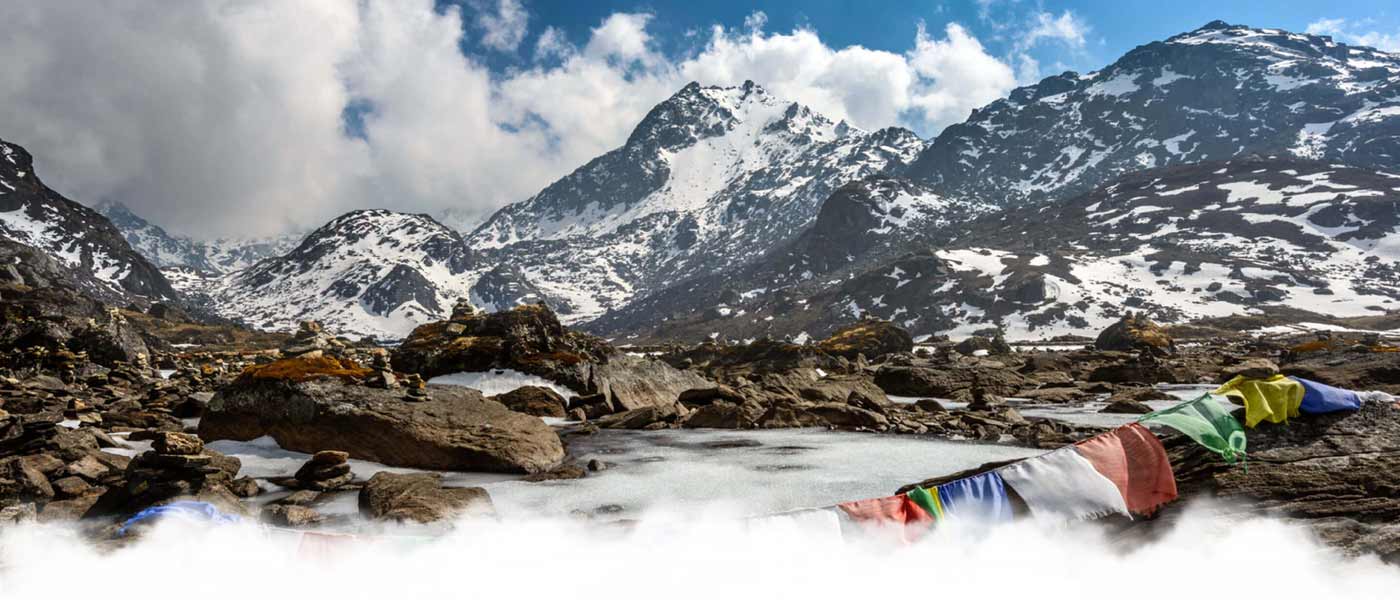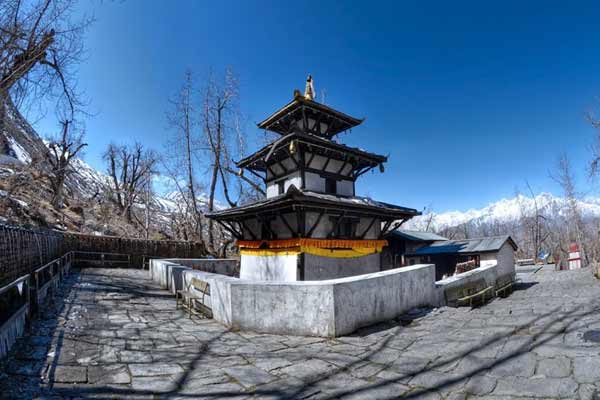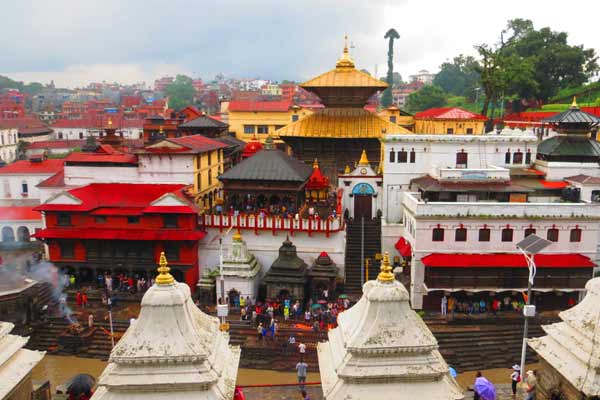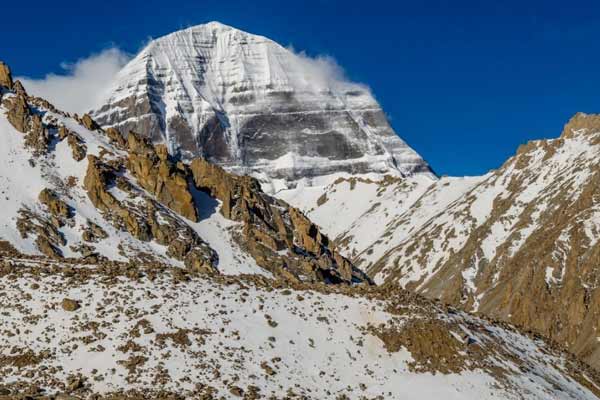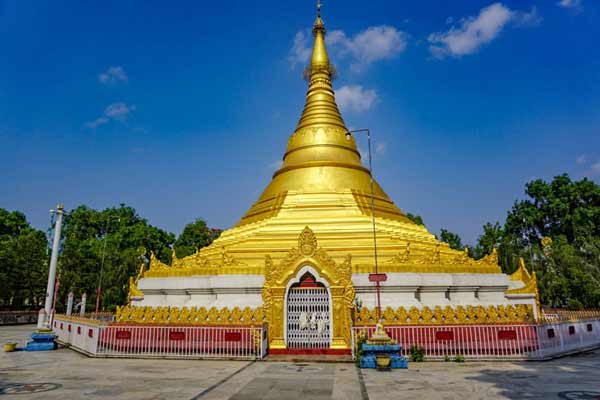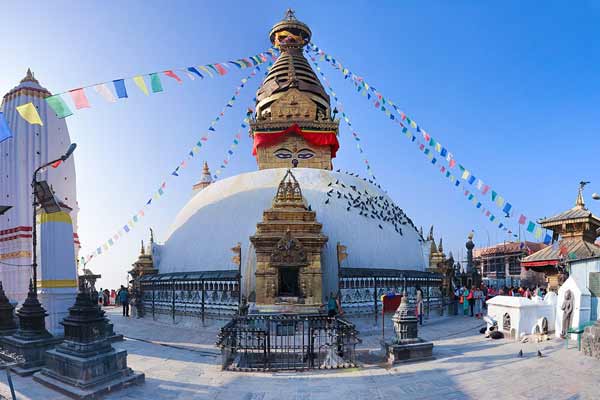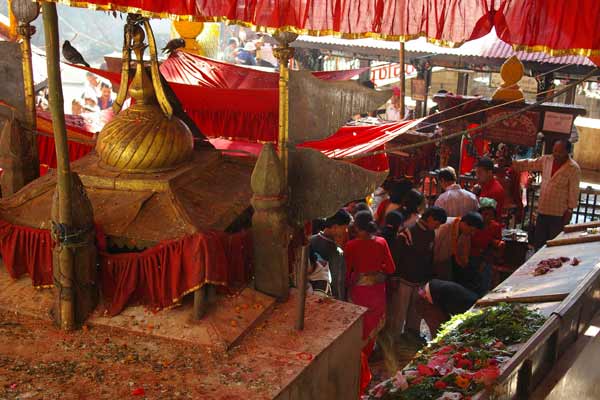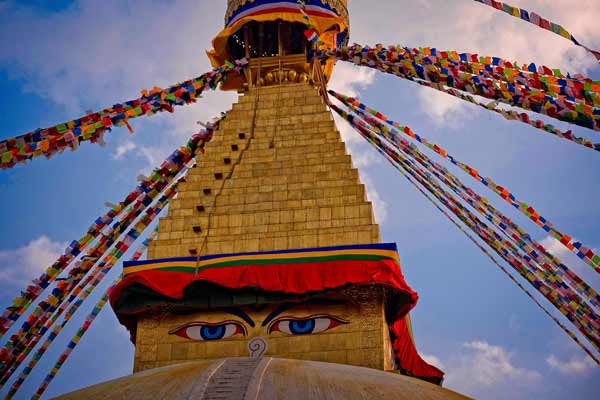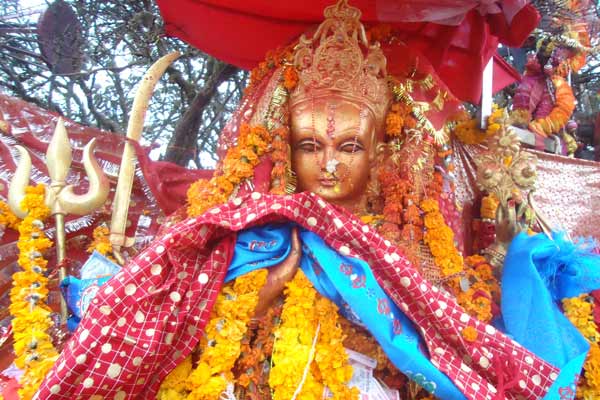
Boudhanath Stupa Nepal
Bouddhanath is the center of Tibetan culture in Nepal. The 36-meter-high stupa of Bouddhanath is one of the largest stupas in South Asia. Bouddhanath Stupa was renovated by Licchavi rulers in the eighth century. The mandala design in Bouddhanath is a copy of the one in Gyangtse in Tibet.
The stupa is located in the area of ancient trade route to Tibet where Tibetan merchants rested and offered prayers for many centuries. When refugees entered Nepal from Tibet in the 1950s, many decided to live around Bouddhanath. Hence, a complete township has developed around Bouddhanath.
The stupa is said to entomb the remains of a Kasyap sage venerable both to Buddhists and Hindus. Smaller stupas are located at the base. Gompa monasteries, curio shops, and restaurants surround Bouddhanath.
Because of its location and size, it seems much larger than the Swayambunath Stupa, with the same hemi-spherical dome symbolizing the emptiness from which everything emanates. On top is the harmika painted on each side with the eyes of the Buddha symbolizing awareness, and above the spire with its 13 stages to the canopy. At ground level there is a brick wall with 147 niches and 108 images of the meditational buddha inset behind copper prayer wheels. Early morning and evening are the times to visit Bouddha to join the local residents in kora (walking the pilgrim's circuit, sometimes with Tibetan pilgrims on their hands and knees).
History of Boudhanath Stupa
The primary stupa at Boudhanath was fabricated at some point after 600 AD, when the Tibetan ruler, Songtsen Gampo, changed over to Buddhism. Regarding elegance and virtue of line, no other stupa in Nepal approaches Boudhanath. From its whitewashed vault to its overlaid pinnacle painted with the all-powerful eyes of the Buddha, the landmark is impeccably proportioned. Join the Tibetan travelers on their morning and night koras (circumambulations) for the best experience.
As indicated by legend, the ruler developed the stupa as a demonstration of compensation after accidentally slaughtering his dad. The primary stupa was destroyed by Mughal intruders in the fourteenth century, so the present stupa is much more developed.
The profoundly symbolic construction serves basically as a three-dimensional reminder of the Buddha's way towards illumination. The plinth speaks to earth, the Kumbha (arch) is water, the Harmika (square pinnacle) is fire, the tower is air and the umbrella at the best is the void or ether past space. The 13 dimensions of the tower speak to the phases that a person must go through to accomplish nirvana.
Stupas were initially built to house holy relics and some case that Boudhanath contains the relics of the past Buddha, Kashyapa, while others state it contains a bit of bone from the skeleton of Siddhartha Gautama, the authentic Buddha. Around the base of the stupa are 108 little pictures of the Dhyani Buddha Amitabha (108 is an auspicious number in Tibetan culture) and a ring of petition wheels, set in gatherings of four or five into 147 specialties.
To achieve the upper dimension of the plinth, search for the portal at the north end of the stupa, close to a little hallowed place devoted to Hariti (Ajima), the goddess of smallpox. The plinth is open from 5 am to 6 pm (till 7 pm in summer), offering a raised perspective over the tide of explorers flooding around the stupa. Note the submitted devotee prostrating themselves full-length on the ground in the patio on the east side of the stupa.
Pilgrimage Sites Nepal
Pilgrimage in Nepal is popular activities among the devotees and researchers. In previous days the land of ancient sages & saint, now Nepal is known as the country of temples. One of the greatest Hindu temples in Nepal “Pashupatinath Temple” is the main attraction of the tour. Similarly other tour packages for Nepal, this trip also begin from Kathmandu - the ancient city of temples. You will visit Pashupatinath temple, Kathmandu durbar square and Swayambhunath stupa. This is one of pilgrim site where both Hindu and Buddhist pilgrims worship for their success & prosperity in upcoming days. Another day we will take you “Dakshinkali Temple” 22 km south west from city. This is the temple of goddess KALI. People believe that animal sacrifices, particularly of cockerels and uncastrated male goats in this temple are the main way that the goddess is worshipped.
The Pilgrimage in Nepal square measure mostly in style among Hindus and Buddhists; thus, thousands of pilgrims visit Nepal per annum to pay court to the revered Gods and divinity. Uncountable temples monasteries, stupas, and many other religious places make Nepal one of the target destinations for pilgrims. However, due to less promotion of those sites, Nepal has not been prosperous in attracting pilgrimage tourists as much it could and should have.
Though Nepal is a small country, it has a variety of beautiful natural factors that attract many people. Various Mountains, rivers, waterfalls, forests, wildlife, sanctuaries monuments, etc. are the significant wonders of Nepal. Besides these dynamic, eye-catching uncountable temples, museums, stupas, & monasteries with a variety of God and Goddess depicting the deep faith of the people.
 +91 9799050299
+91 9799050299 